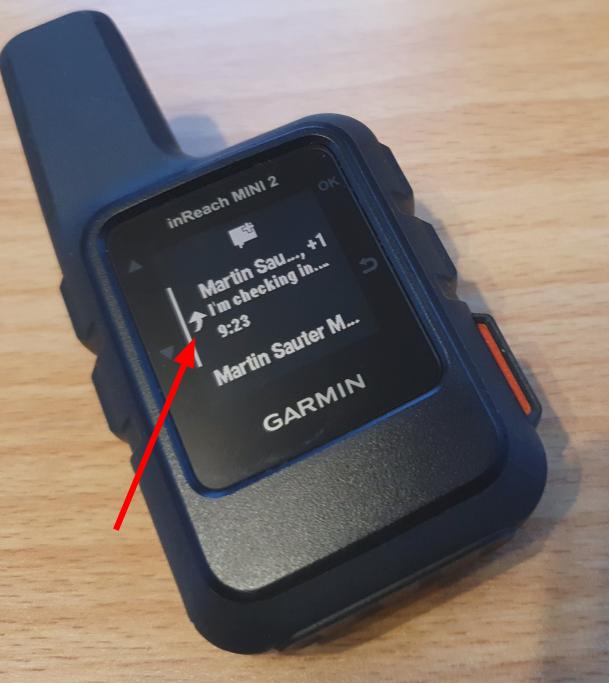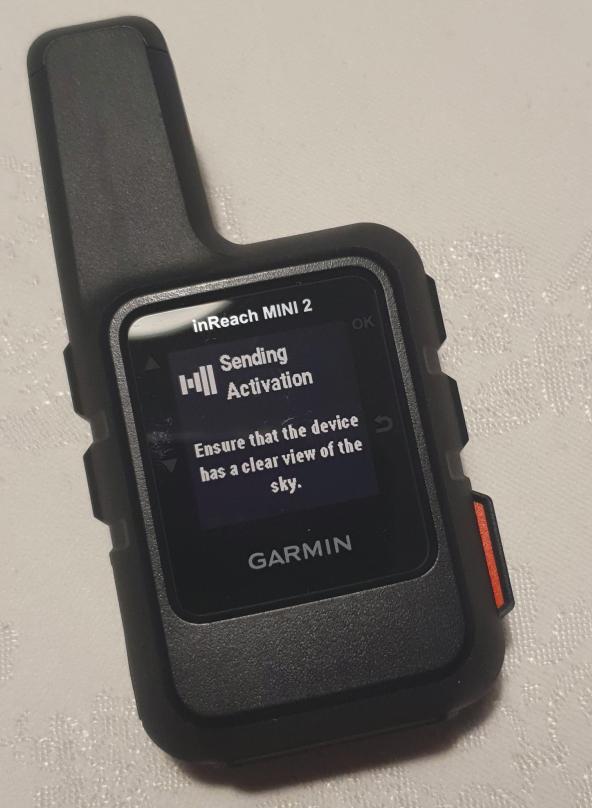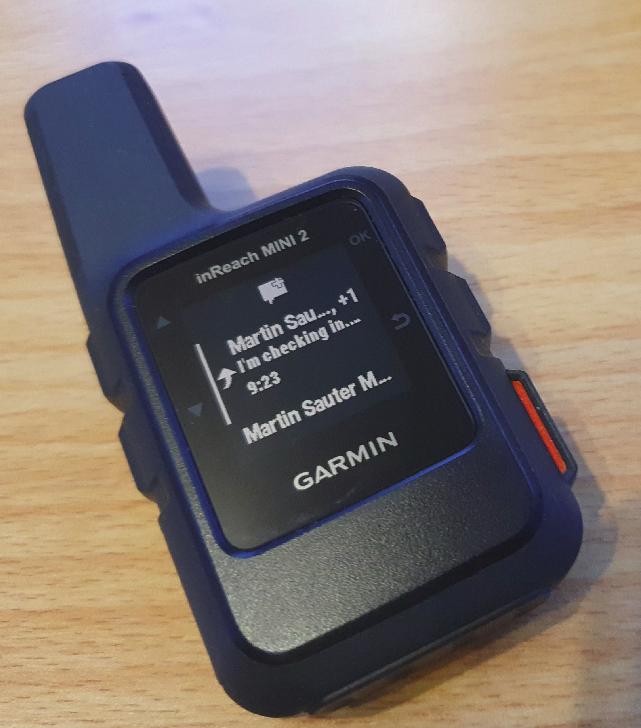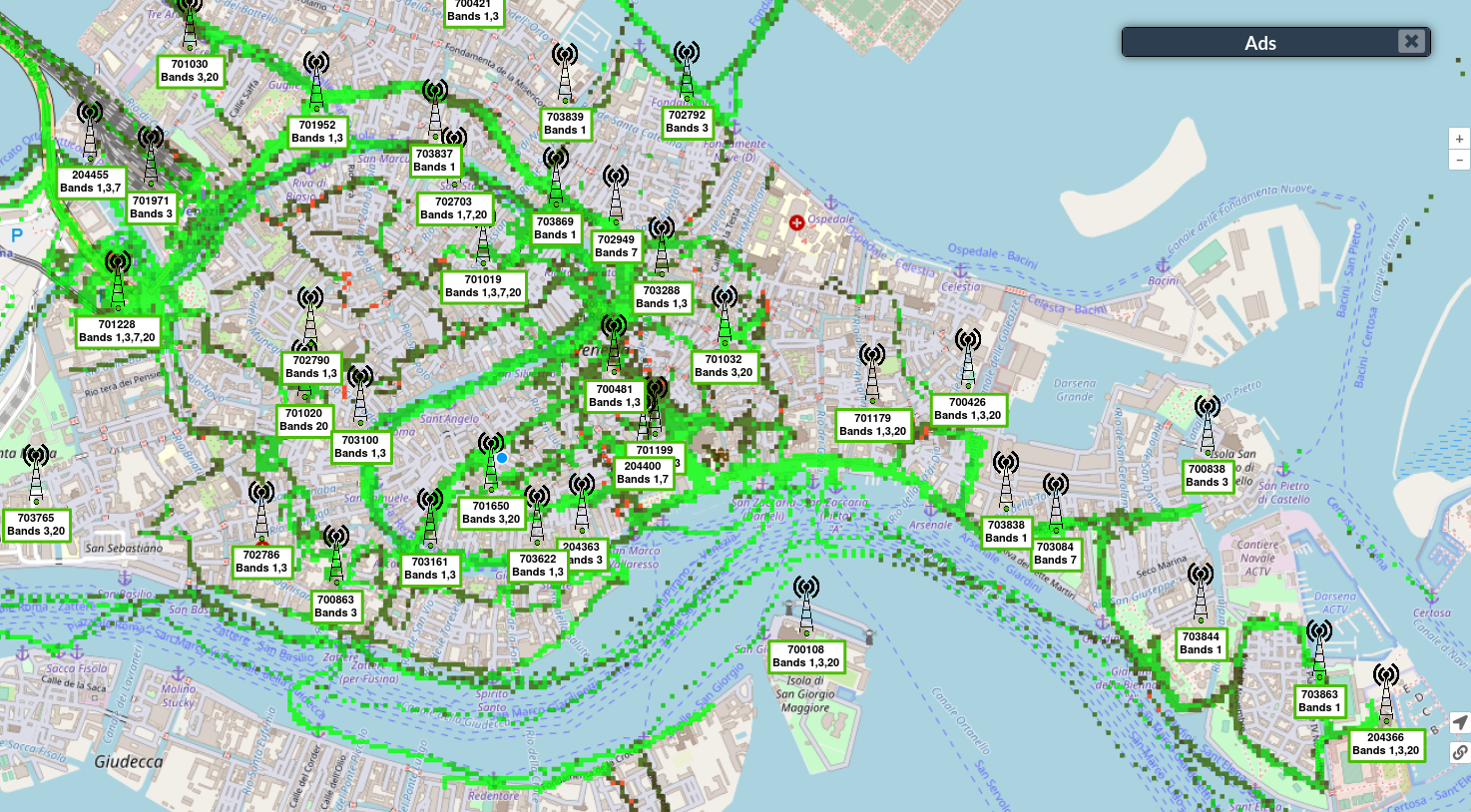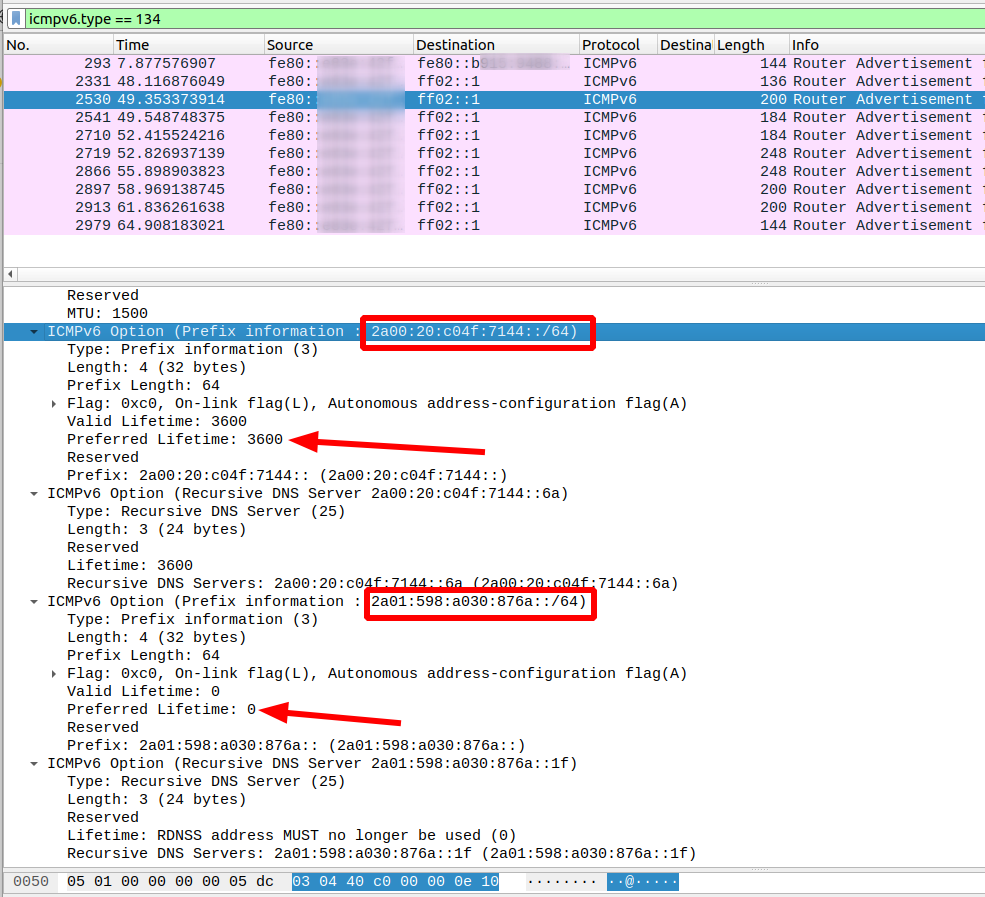In this part of the ‘When All Else Fails’ series, I’ll have a look how the Garmin InReach Mini 2 works in urban scenarios. The device is advertised as a satellite communication tool for adventurers in the wilderness, which is quite a different environment compared to my use case in mostly urban canyons. As I couldn’t find any information of how well messages can be sent and received there, I was anxious to find out.
The catch of the Iridium network is that there are relatively few satellites. Despite being in a low earth orbit at an altitude of around 780 km, the satellites are still far from the surface. That makes it tough for a handheld device with only a small antenna and very limited transmit power to send and receive messages. Also, satellites are often very low on the horizon, so just being outside in a deep urban canyon might also be problematic. Fortunately, things turned out much better than I thought.
Continue reading When All Else Fails – The Garmin InReach Mini 2 – Part 4: Will It Work In Urban Environments?